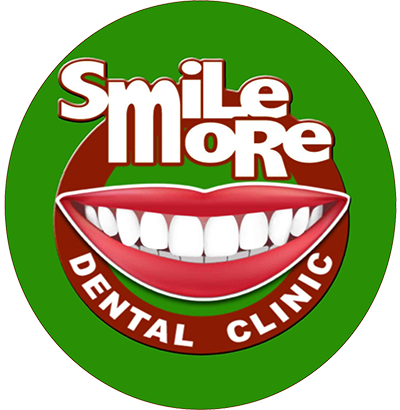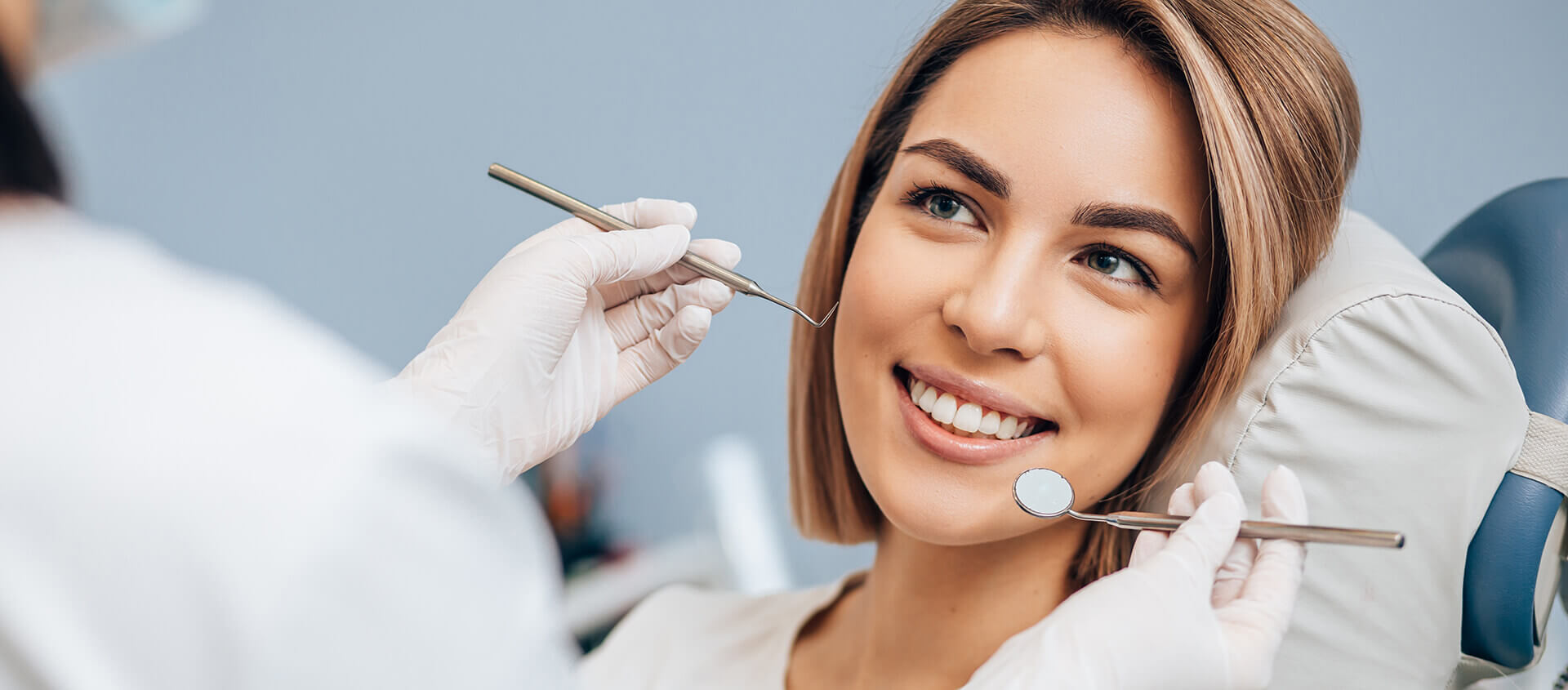Protect your smile with regular dental checkups! At Smile More Dental Clinic in Ermita, Manila, we’ll handle your concerns and make a care plan just for you.
What Happens During a Dental Checkup?

A Dental Checkup includes:
- Review of your Medical and Dental History
- Share your health conditions, medications, allergies, and diet with our dentist, as these factors can affect your oral health and treatment options.
Thorough Oral Examination:
We perform a detailed oral exam to check your teeth, gums, and related tissues for issues such as cavities, gum disease, and more.
X-Rays (if necessary):
Dentists may take X-rays to examine areas beneath the gum line or detect hidden issues like decay or impacted teeth.
Personalized Treatment Plan:
Based on your exam, we’ll recommend treatment options, whether immediate care, phased treatments, or preventive measures, tailored to your needs.
Oral Hygiene Advice:
We’ll provide tips on teeth cleaning, dietary habits, and managing behaviors such as smoking or alcohol consumption that could impact your oral health.
How Much is a Dental Checkup in the Philippines?
The cost of a dental checkup in the Philippines ranges from ₱700 to ₱1,000, depending on the services provided, such as X-rays or other necessary imaging procedures. However, the clinic may waive the checkup fee if the patient chooses to move forward with the suggested dental procedure after the checkup.
X-rays:
Necessary for identifying issues beneath the gum line or preparing for treatments like root canals, crowns, implants and extractions.
Panoramic X-rays or CT Scans:
Surgeons often require Panoramic X-rays or CT scans for procedures like dental implants or removing impacted teeth.
We provide the necessary dental X-rays at our clinic, but if imaging procedures cannot be done on-site, we will refer you to trusted dental diagnostic hubs.
Taking Impressions for Diagnostic Casts:
Impressions may be created to create diagnostic casts, especially for patients requiring prosthodontic work such as dentures or crowns.
Why Are Dental Checkups Important?
Delaying dental care can lead to bigger problems. Here’s why regular visits are essential:
1.) Early Detection:
Detecting issues early, such as cavities and gum disease, helps save you time, money, and unnecessary discomfort.
2.) Preventive Care:
Routine checkups and cleanings prevent problems before they escalate.
3.) Tailored Solutions:
Every treatment plan is designed to meet your individual needs.
The recommended frequency of checkups depends on your oral health:
- Every 12 to 24 months: For individuals with excellent oral health.
- Every 3 to 6 months: Recommended for individuals with an increased likelihood of dental issues.

FREQUENTLY ASKED QUESTIONS
1. How often should I visit the dentist?
On average, every 6 months. However, some individuals may need checkups as frequently as every 3 months or as infrequently as every 2 years.
2. How much does a dental checkup cost in the Philippines?
Dental checkups typically cost ₱700 to ₱1,000, depending on the assistance required, which may include X-rays or other imaging if necessary.
3. Are X-rays included in a dental checkup?
X-rays are optional but may be recommended to detect hidden issues. Costs for panoramic X-rays or CT scans vary and may require referrals to diagnostic hubs.
4. What should I do if I experience pain between checkups?
Contact our clinic immediately. We provide emergency care and guidance to address your concerns.
Take Control of Your Oral Health Today
At Smile More Dental Clinic, we focus on delivering outstanding care designed to meet your specific needs. Whether you’re booking your first checkup, considering treatment options, or maintaining your dental health, our team is ready to assist you.
Come see us in Ermita, Manila, and take the first step toward a brighter, healthier smile.
Book your dental checkup and begin your path to excellent oral health.






















